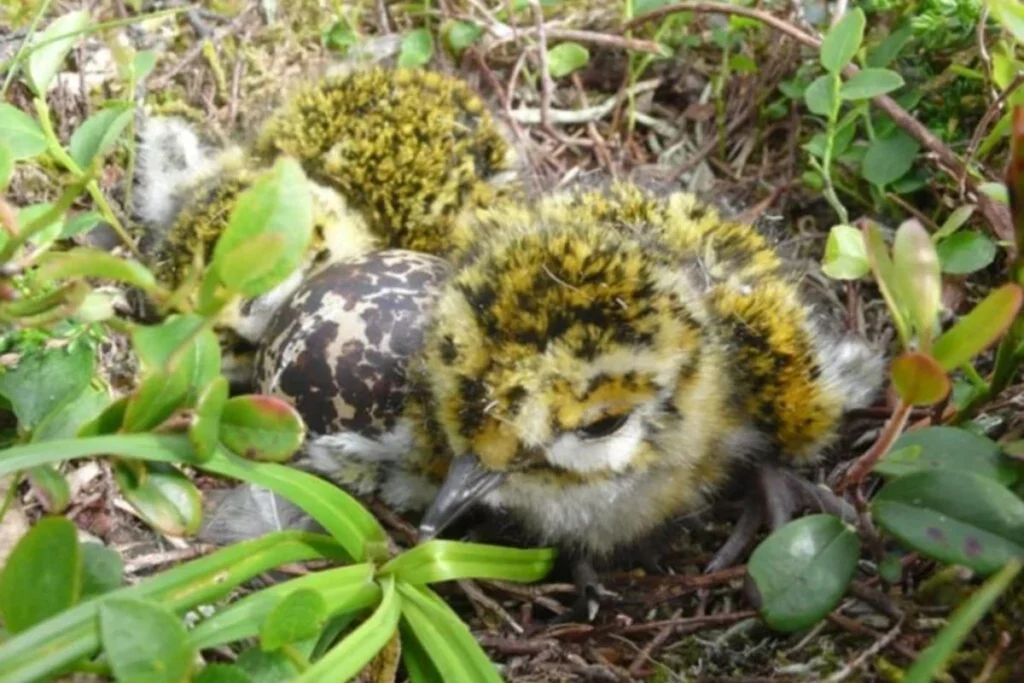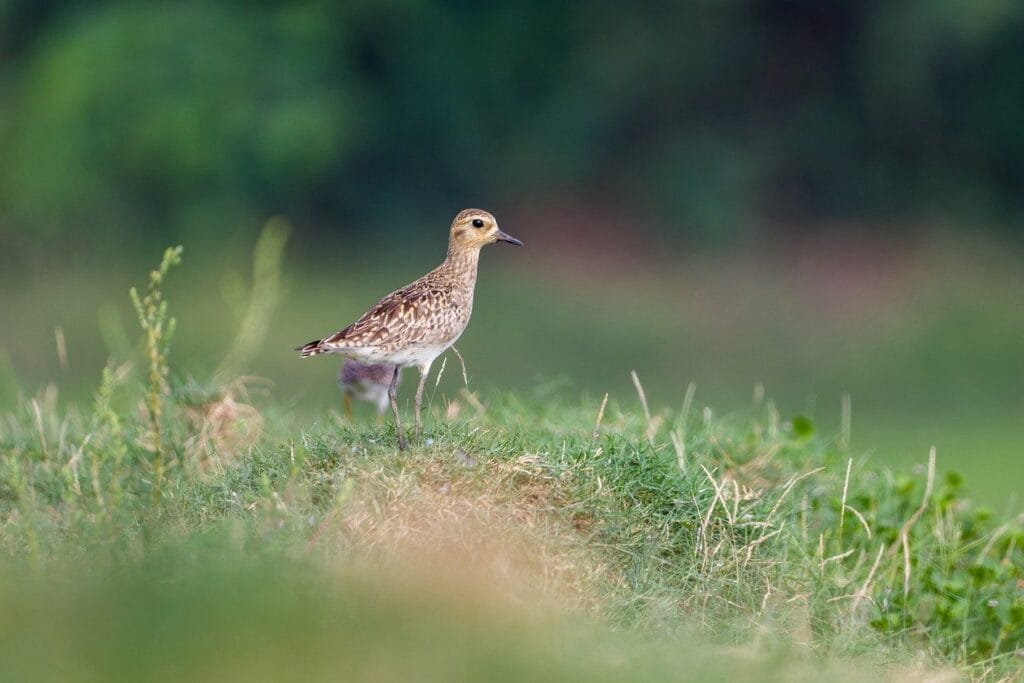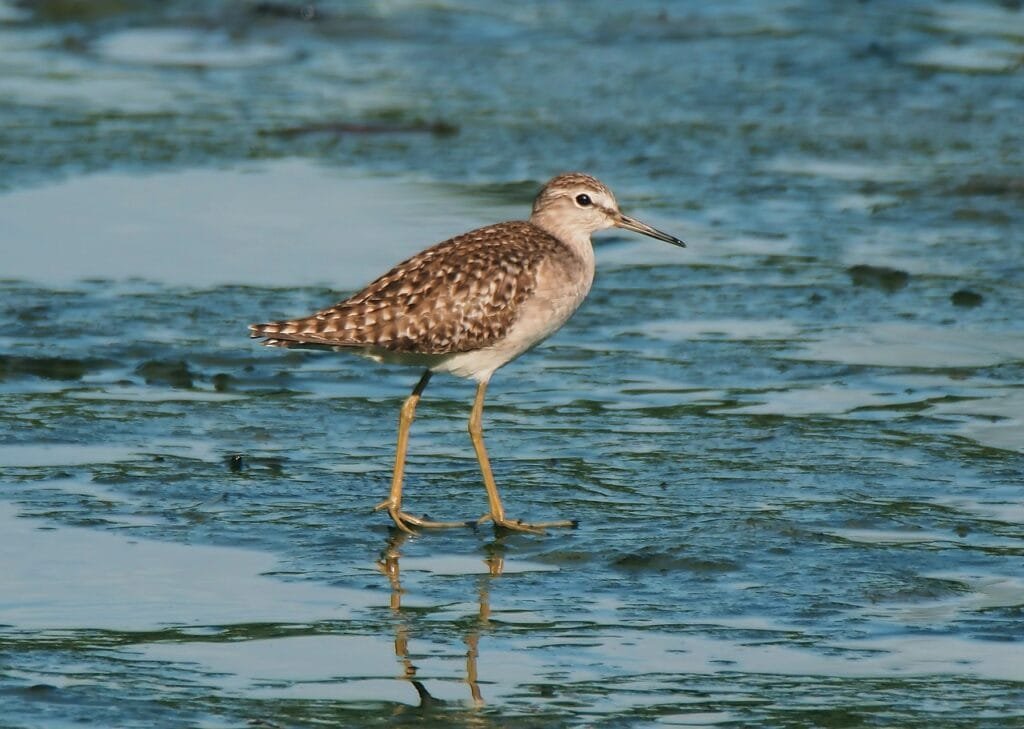Tiny Golden Plover Lying in the Moss Safe And Waiting For Mom To Bring Some Worms

A tiny golden plover chick is nestled comfortably in a soft patch of moss, its speckled feathers harmonizing beautifully with the vibrant greens and browns of its environment. No larger than a handful, the chick rests securely, cradled by the gentle embrace of nature. Its eyes are softly closed, radiating a sense of trust and peace as it waits patiently for its mother to return.

The moss sparkles with tiny dewdrops, reflecting the morning light and enhancing the tranquil beauty of the moment. Above, the soft rustling of leaves accompanies the distant calls of the mother plover, who is diligently foraging for worms to feed her young.


The stillness of the golden plover chick showcases its instinct to stay hidden, camouflaging itself within its surroundings to avoid any threats. Yet, even in its quiet state, there is a sense of resilience: a reminder of the fragile yet steadfast cycles of nature.
About Golden Plover Birds

The golden plover is a beautiful and fascinating bird, known for its eye catching gold-speckled feathers and impressive migration habits. These medium-sized shorebirds can be found in open fields, tundras, and coastal regions, where they often blend into their environment. Their feathers, a combination of gold and black with white markings, provide excellent camouflage, especially during nesting time.

One of the most impressive things about the golden plover is its incredible long-distance migration. They travel thousands of miles from their breeding grounds in the Arctic to their winter homes in South America, using the stars and Earth’s magnetic field to navigate. This journey requires great endurance and strength, highlighting the resilience of these birds.
In addition to their physical beauty, golden plovers are known for their sweet, melodic calls, which can be heard while they are flying or foraging for insects and seeds. Their behavior is a blend of caution and curiosity, making them a joy for birdwatchers to observe. However, despite their robust appearance, they are threatened by habitat loss and climate change, underscoring the importance of conservation efforts to protect their future.

This small bird, with its grand migrations and shimmering beauty, truly embodies the wonders of the natural world..



